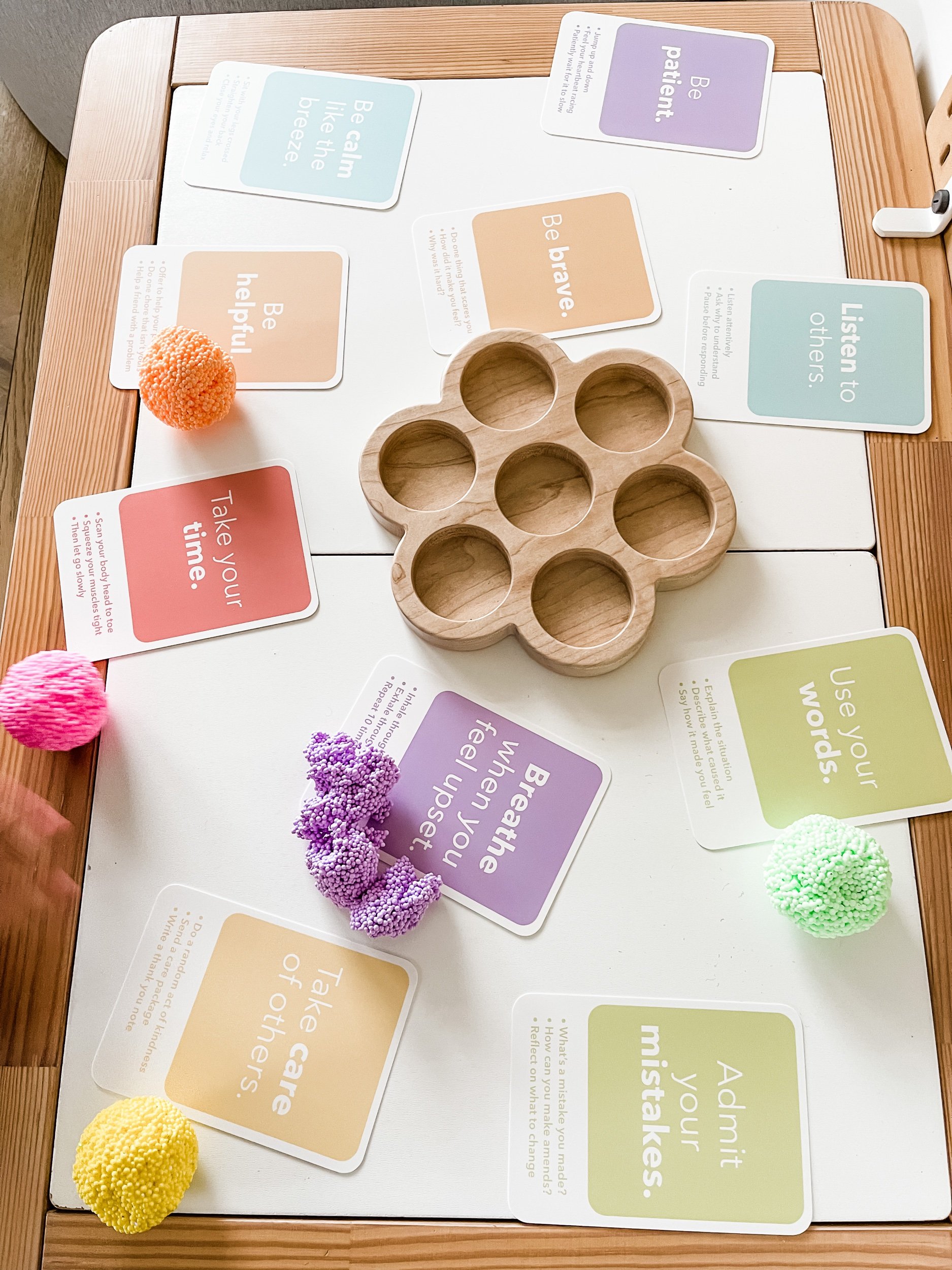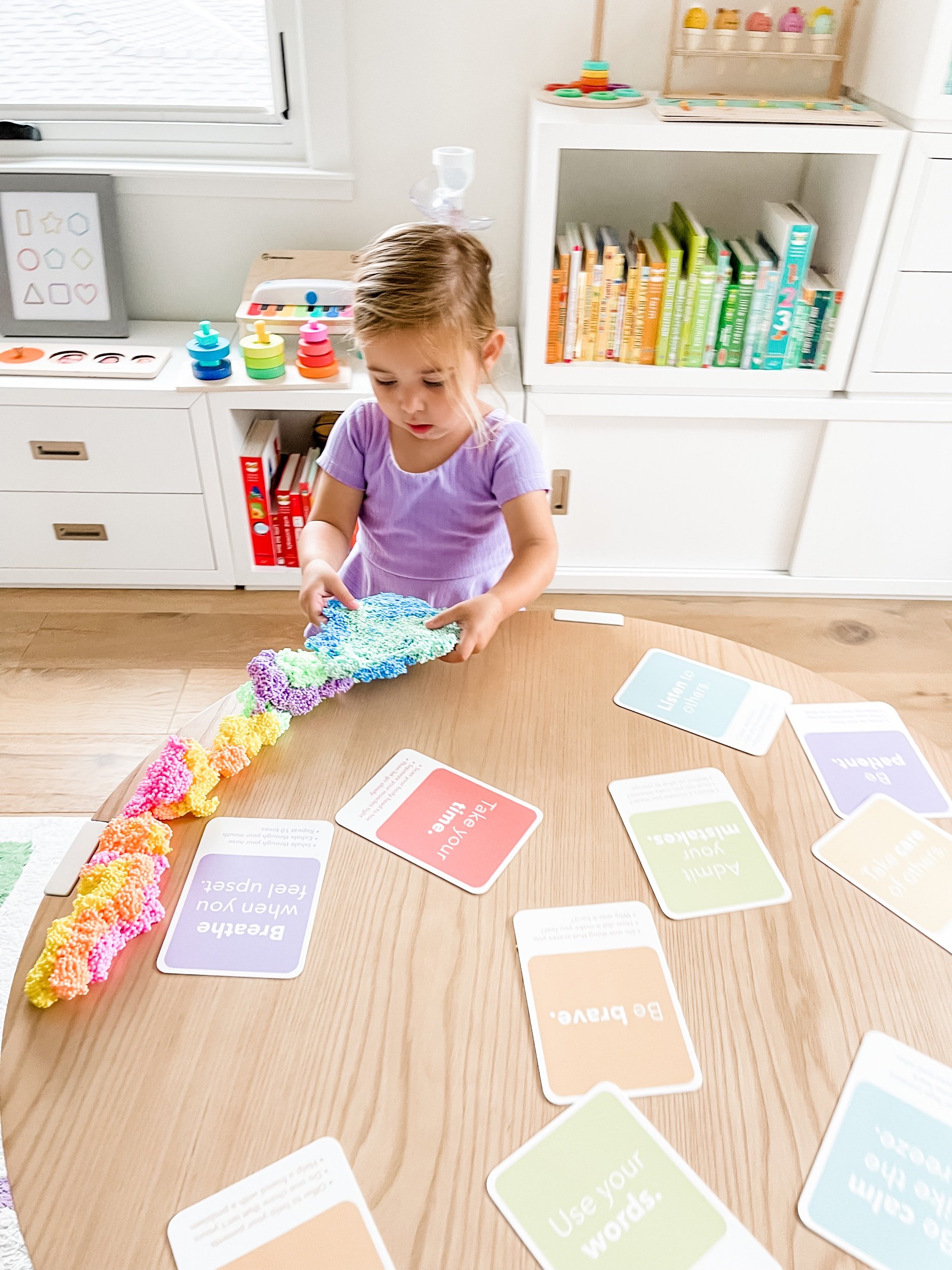Playing with play foam is a fun and engaging activity for toddlers, but it also has many benefits beyond just entertainment. One of the most important benefits is the relaxation and mindfulness that it can provide for little ones.
As toddlers grow and develop, they can often become overwhelmed by the world around them. Play foam can provide a calming and soothing experience that can help them to relax and focus on the present moment. The tactile sensation of squeezing and shaping the foam can be particularly soothing for children who may be anxious or easily agitated.
Additionally, playing with play foam can help to improve a child's fine motor skills and hand-eye coordination. Squeezing, shaping, and cutting the foam all require the use of small muscles in the hands and fingers, which can help to strengthen and develop these skills.
Another benefit of play foam is that it is a great tool for teaching mindfulness and self-regulation. Mindfulness is the ability to focus on the present moment without judgment, and it is an important skill for children to learn at a young age. When playing with play foam, children can learn to focus on the sensation of squeezing and shaping the foam, which can help them to develop mindfulness skills.
To further enhance the benefits of play foam for your child, consider incorporating mindfulness flashcards for toddlers into your playtime routine. These flashcards feature fun and engaging illustrations and prompts that can help children to focus on the present moment and practice mindfulness. They are an excellent way to encourage children to take a break from screens and engage in more hands-on activities.
In conclusion, play foam is a fun and engaging activity for toddlers that offers many benefits. It can provide a relaxing and calming experience, improve fine motor skills and hand-eye coordination, and teach mindfulness and self-regulation. Consider incorporating mindfulness flashcards for toddlers into your playtime routine to further enhance the benefits of play foam for your child.
Lesson Plan: Mindfulness for Preschoolers
Monday: Introduction to Mindfulness
Introduce the concept of mindfulness to the class by explaining that it is the ability to focus on the present moment and be aware of our thoughts and feelings.
Have the children sit in a circle and guide them through a simple breathing exercise, such as counting to five while inhaling and exhaling.
Encourage the children to notice how their body feels after the exercise and discuss any observations they have.
Tuesday: Mindful Listening
Have the children sit in a circle and play soft background music.
Ask the children to close their eyes and listen to the music, encouraging them to focus on the different instruments and sounds they can hear.
After a few minutes, ask the children to share any observations they have made about the music.
Wednesday: Mindful Eating
Have the children bring in a piece of fruit or a snack.
Encourage the children to take a moment to look at and smell their food before taking a bite.
Ask the children to pay attention to the taste, texture, and sensation of eating the food and to take small bites.
Discuss any observations the children have made about their food.
Thursday: Mindful Movement
Have the children sit in a circle and guide them through a simple yoga flow, such as "tree pose" or "downward-facing dog."
Encourage the children to focus on their breath and the sensation of their body moving.
After the yoga flow, have the children sit in silence for a few minutes and encourage them to notice how their body feels.
Friday: Mindful Reflection
Have the children sit in a circle and ask them to think back on the week and reflect on any mindfulness practices they enjoyed or found challenging.
Encourage the children to share their reflections with the class and discuss ways they can incorporate mindfulness into their daily lives.
Note: It is important to keep in mind that preschoolers have a short attention span, so keep the activities short and simple. Also, make sure to adapt the activities to the children's level and abilities.
For even more great mindfulness activities ideas, checkout out this post.



















